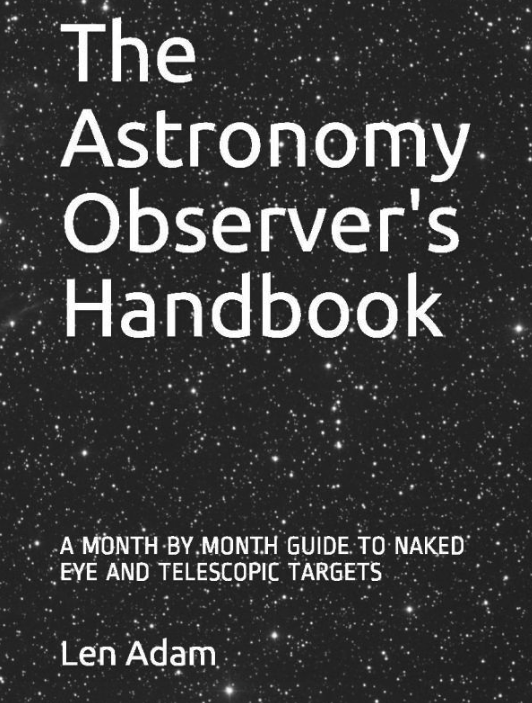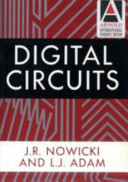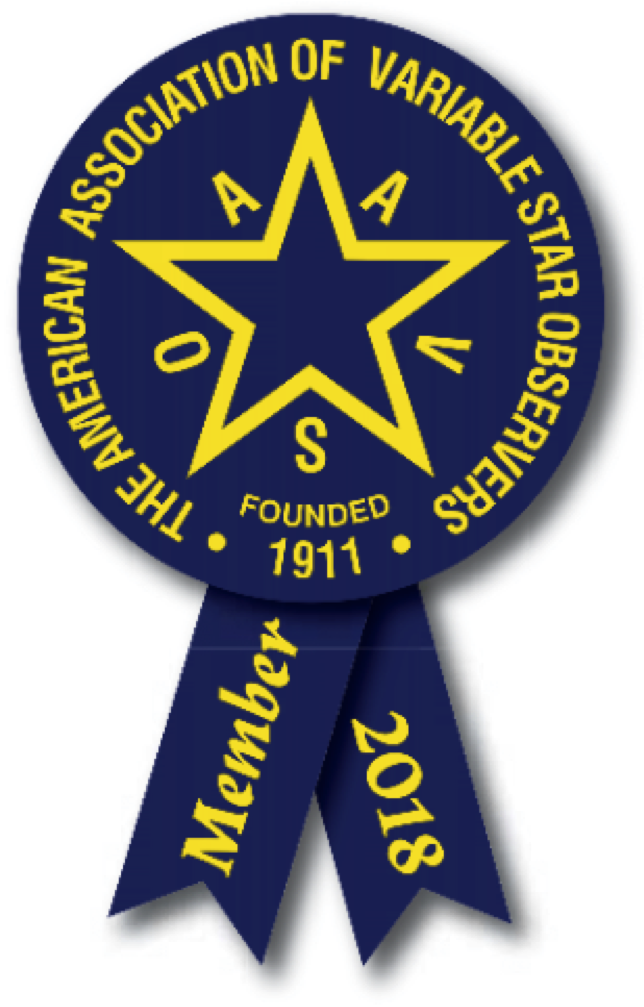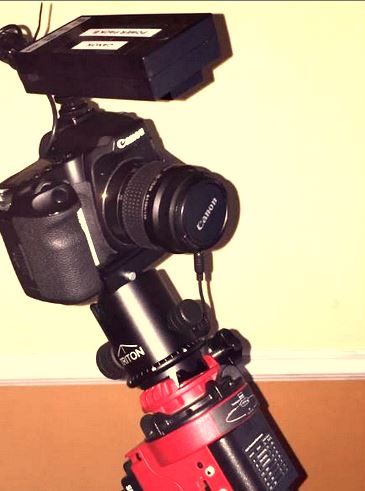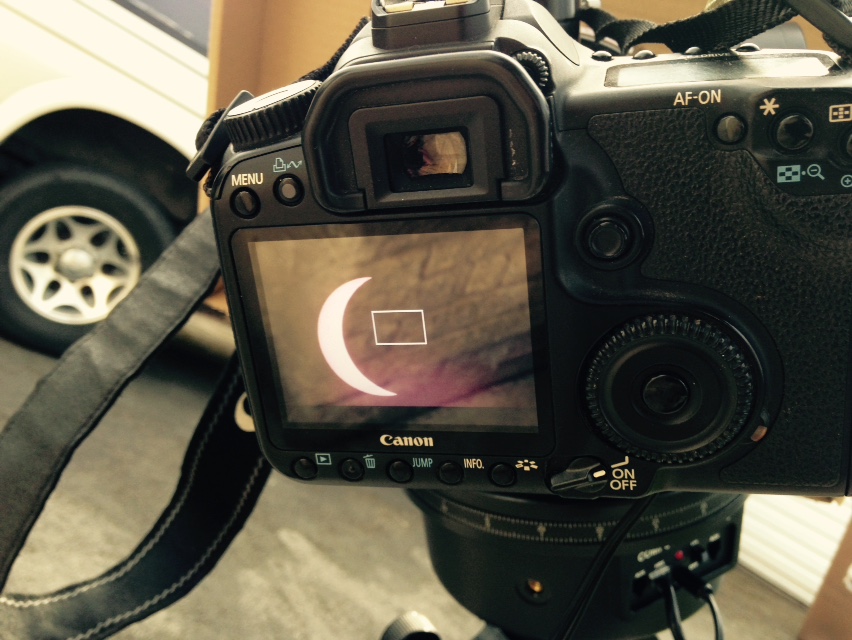Day 65 Your chance for astronomy in Almeria
 Thursday, April 17, 2014 at 7:30PM
Thursday, April 17, 2014 at 7:30PM
My good friends Andy and Judy Devey have started up an astronomy Bed and Breakfast business in Almeria in Southern Spain. They have a property that has a tremendous view of the southern sky and is in an area that offers many other opportunities - not just astronomy. It is all described on their website.
Andy is well known as a solar astronomer and moved to the area specifically to benefit from the many hours of uninterrupted sunshine for his specialism. You may have seen Andy's photograph of a solar flare that was featured on the front cover of the British Astronomical Association Handbook recently. Andy has equipment for night time astronomy as well and will set the equipment up for your own particular interest. Andy lists the equipment on the website.
This is Andy at work next to the run off observatory.
Day 64 Bonelli's Eagle Sighting in Sierra Cabrera mountains.
 Wednesday, April 16, 2014 at 6:39AM
Wednesday, April 16, 2014 at 6:39AM On the walk up the mountain today I spotted a solitary Bonelli's Eagle and was lucky enough to see it perch on a high rock for a few minutes. Unfortunately it was a very long way away so the photographs are not the best! I have assembled them all in sequence in this video.
Other images from the walk
Frank Acfield's Jupiter Part 2 from 1 year ago.
 Tuesday, April 15, 2014 at 11:00PM
Tuesday, April 15, 2014 at 11:00PM Above - birds from today's walk in the Sierra Cabrera mountains - now - continued from yesterday:
JUPITER
The stationary point is given as January 21st 1969 so I set this up in SkyX for that date.
The movie shows the movement of Jupiter from December 1968 to April 1969. Note that Uranus also achieves its stationary point shortly after Jupiter.
Things have changed since 1969 - the Data Book quotes Jupiter as having 63 moons by 2008.
My poor quality sketch from the lecture shows a satellite of Jupiter being occulted and the shadow of Jupiter.
Frank Acfield's Jupiter from 1 year ago.
 Monday, April 14, 2014 at 9:28PM
Monday, April 14, 2014 at 9:28PM As Jupiter is still a bright object at the moment I thought I would look back to 1969 and Frank Acfield's lecture notes that I recorded on his course that year.
JUPITER
Lecture No. 9
I thought it would be interesting to compare the 1969 details for Jupiter from Frank with the more up to date details from his friend Patrick Moore in the Astronomy Data Book published in 2010.
The mean distance of Jupiter quoted in miles in 1969 is given in the Data Book as 778 340 000 km. This converts to 483638052miles so that is identical!
The Equatorial Diameter is given as 88,700 miles above and 142,884km in the Data Book which is 88784miles - no change there either.!
Identical values to the above in the Data Book
The Data Book gives an orbital inclination of 1 degree 18 minutes and 15.8 seconds so a slight difference there but the axial inclination is the same.
The image below from SkyX confirms the opposition date given above - I had set the date to the same day in SkyX - clearly Jupiter is in opposition.
To be continued..........
Day 61 - Sky view from new site
 Sunday, April 13, 2014 at 11:17AM
Sunday, April 13, 2014 at 11:17AM I have stitched photographs together and produced a panorama of the view from my new site (June onwards) and incorporated this into my SkyX software. This will be the view towards the South East in June. The "garden" is effectively a rocky area that is in the middle of the top of the house!
Sky and Telescope's Sky Week from 14th April 2014 - all about the lunar eclipse not visible from Europe!
This is the Hubblesite guide for April 2014
In the evening it was fairly clear so I set up the 4 inch refractor with my MX7C Starlight Xpress Camera. It took a long time to find focus as the focus was much further out than I thought. However I did find focus and will take images of a number of objects to test out the camera on the next clear night.

Day 56 Count the galaxies in the Coma Cluster
 Tuesday, April 8, 2014 at 11:47AM
Tuesday, April 8, 2014 at 11:47AM Yesterday I imaged part of the Coma Cluster (Abell 1656) using the T11 telescope in New Mexico.
There are hundreds of galaxies in this image - the full cluster contains over 1000. I solved the plate to illustrate this - the image below shows the chart and image superimposed. Each red oval represents a galaxy.
When you consider how huge each galaxy is in relation to our tiny planet it makes you think....
Day 55 Hot day and hot under the collar with my old MX916.
 Monday, April 7, 2014 at 4:14PM
Monday, April 7, 2014 at 4:14PM A really hot today- the cafe next door has opened for the first time this year and was packed out at lunchtime with everyone enjoying the day.
I was out on the terrace setting up the ETX90 on the 4"refractor. It took a while but I finally managed to get the MX916 to link to CCDSoft via the 30 metre powered USB cable. I think one of the connections must not have been seated properly. I had set up the focus last night but disturbed this unfortunately so will have to do that again tonight.
Here is the " final " setup. If the trial works I will try to get a more rigid method of attaching the ETX.
The camera is getting old now - you can see the adaptor mounted below the ETX - this is a parallel to USB2 interface that allows me to use the camera with a USB2 lead to the netbook.
I tested the camera using Capella - which was the first guide star for the CGEM - with disappointing results. Strange rows of dots running diagonally down the image with very odd shaped stars. I think perhaps it is time to replace this camera. It may just be me not remembering how to use it but I do seem to remember having a lot of hassle with it. I may try again one more time just to see if I can crack it. Probably much simpler to use my DSLR. The MX916 is an open loop cooled camera so does have that advantage over a DSLR. The aim was to use this camera with an SA100 spectroscopic grating or alternatively with B or V filters - all of which just screw into the camera 1 1/4 inch nosepiece. A simple approach? Well maybe not.
Day 54 Setting up my old MX916 camera.
 Sunday, April 6, 2014 at 5:11PM
Sunday, April 6, 2014 at 5:11PM A clear night with the Moon at a 46% phase to the South West.
I set up my ETX90 plus my old MX916 CCD Camera. My aim is to mount this onto the 4 inch refractor on the CGEM and use it for spectroscopy. The MX916 was connected in line to the ETX with a 32mm eyepiece in the right angle position to use with the flip mirror. As it was just getting dark I used the finderscope to align the ETX on the bright street lights down towards Garrucha. I then centralised a light in the eyepiece and then flipped the mirror to use the CCD camera. I adjusted the focusing to bring the street light in focus. When it was dark I went throught he same process using Mizar as the target. I was able to focus the CCD camera fairy easily. I used CCDSoft (which I had set up on my netbook pc (uns and eventually runs out so the programme crashes. The software for the camera seems not to run on anything later than XP so I cannot use my laptop.
This is Sky and Telescope's Sky Week. No eclipse for us in Europe though!
Day 53 - Bright Jupiter surrounded by invisible comets.
 Saturday, April 5, 2014 at 5:07PM
Saturday, April 5, 2014 at 5:07PM A clear night with Jupiter below Castor and Pollux and the Moon below Jupiter. To the right (West) was Auriga the Charioteer.
The phase of the Moon is about 36% and waxing.
The star to the left of Jupiter is Mekbuda which is a 4th magnitude star otherwise known as 43-Zeta Geminorum. To Jupiter's right hand side is Mebsuta which is a 3rd magnitude star and is 27- Epsilon Geminorum. As you can see the area is fairly swarming in comets. Unfortunately the brightest one is about 13th magnitude ranging down to 18th magnitude or fainter - but interesting nevertheless to know that they are there.

